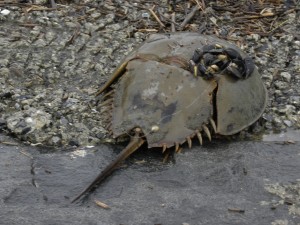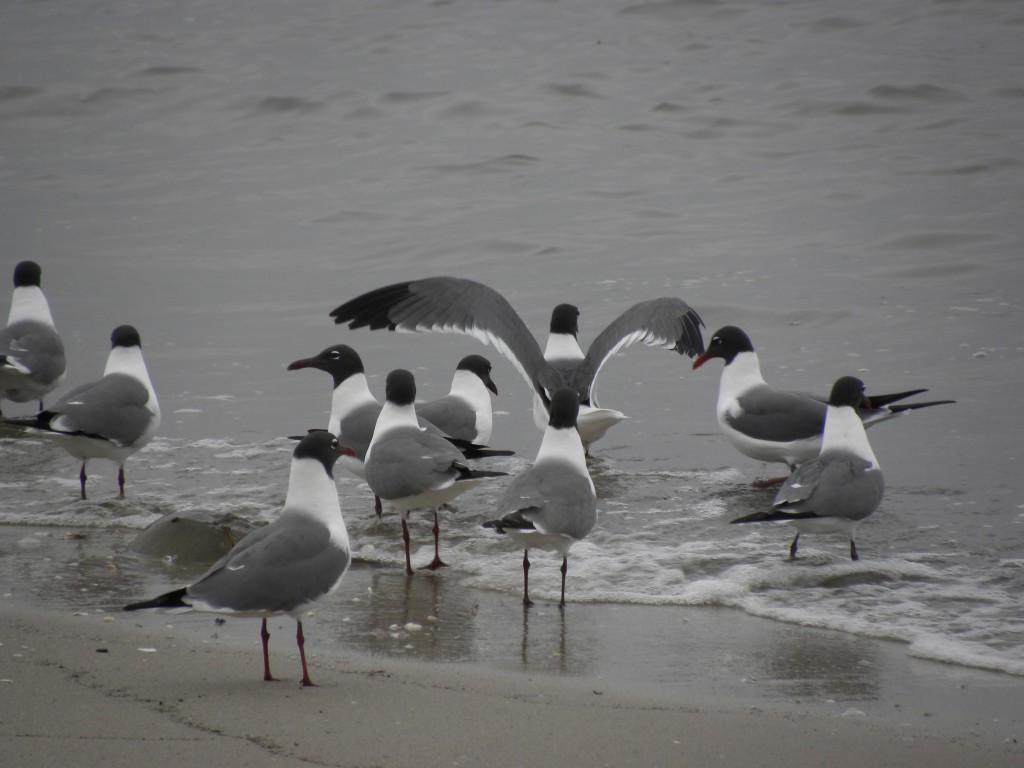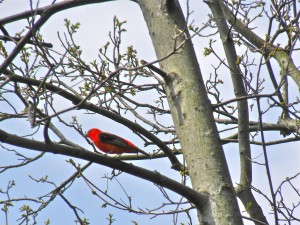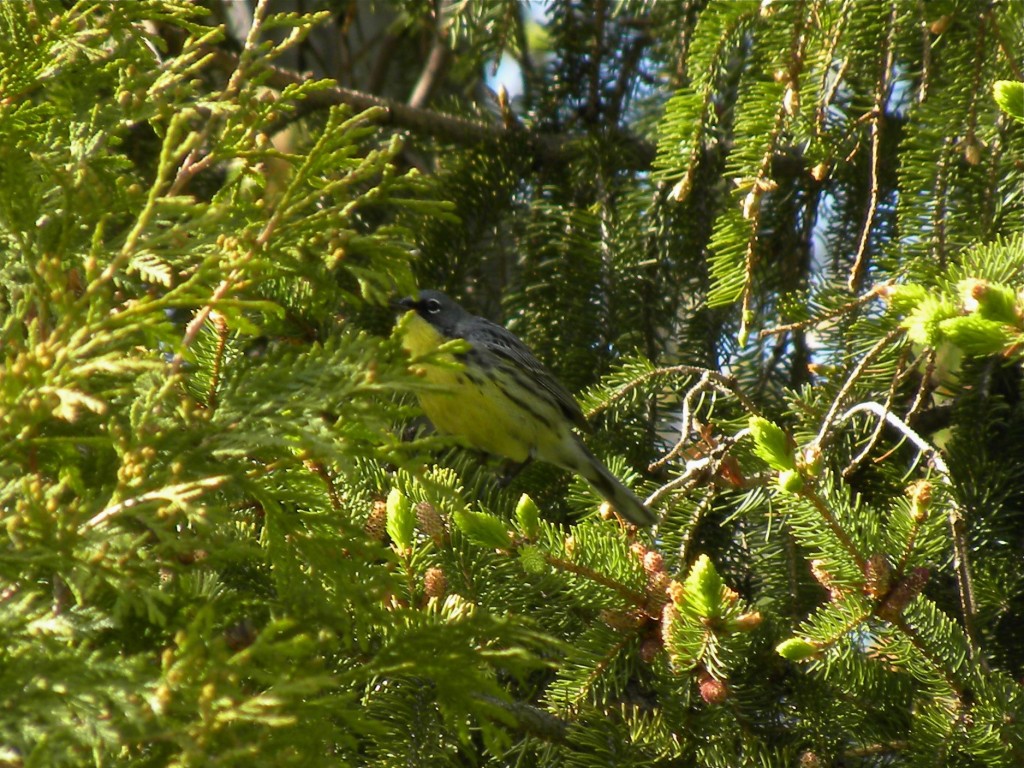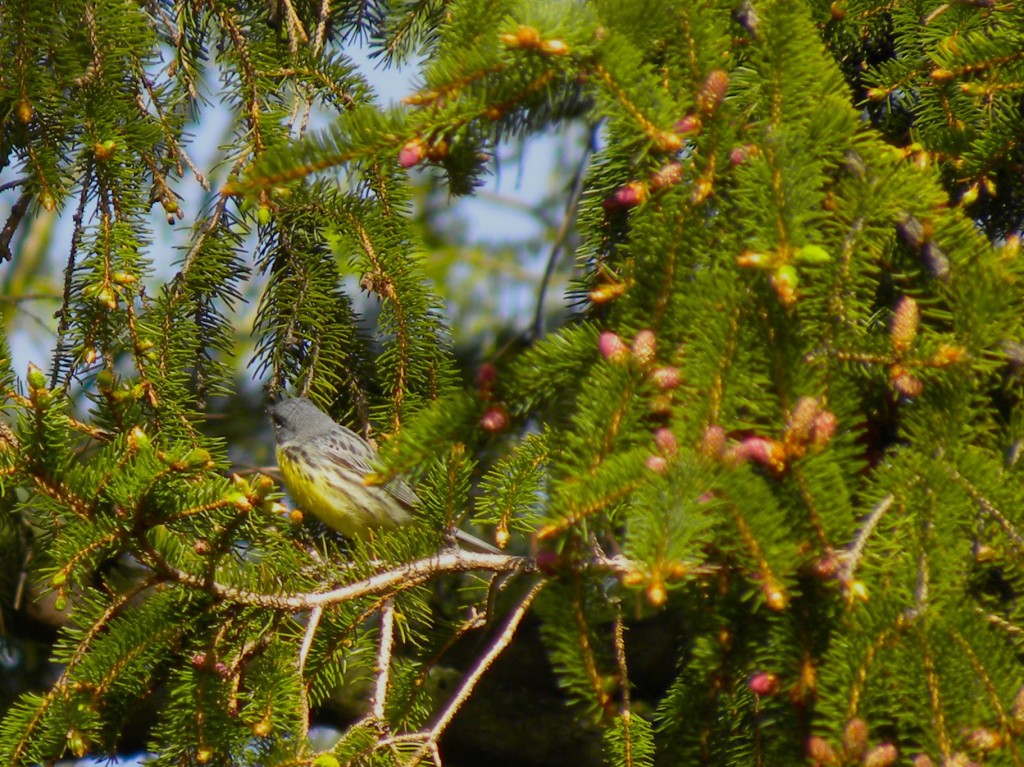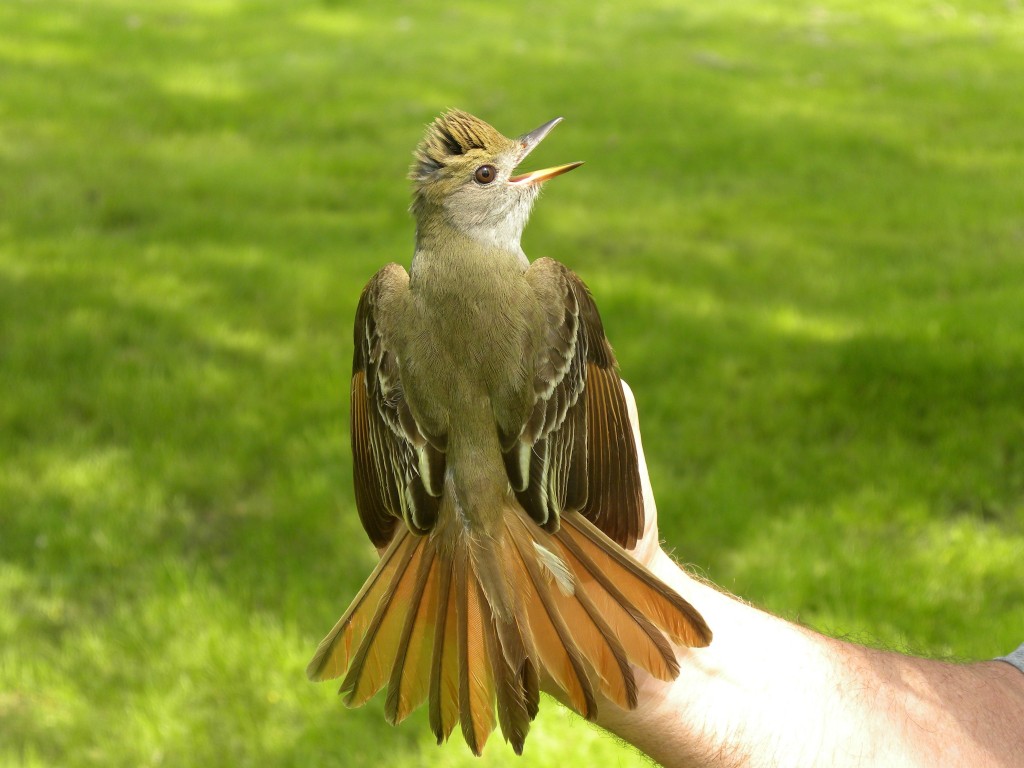It may be self evident, but traveling does produce some wonderful surprises. Around Cape May I’ve seen many birds which are probably just commonplace to the locals, things like flocks of Glossy Ibis, Whimbrel and Black–bellied Plovers.
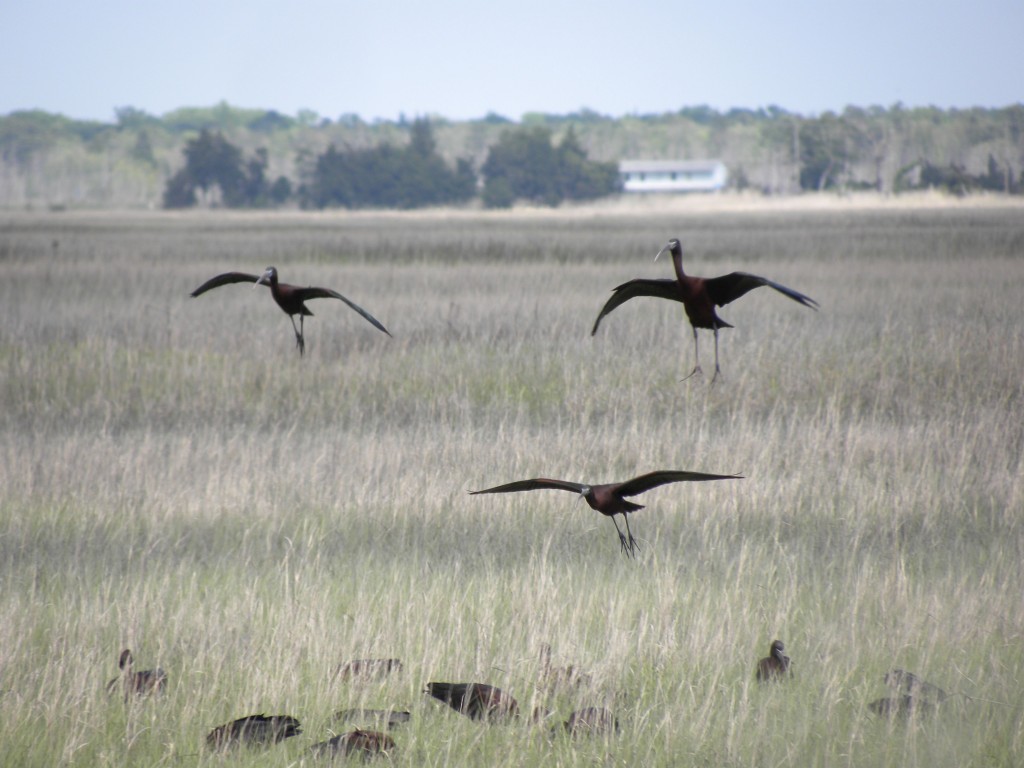
I started my day early fueled by two-for-the-price-of-one Egg McMuffins and a coffee, and went back to yesterday’s last stop. The tide was approaching its high point so the shorebirds had moved closer to high ground and my path, so my re-acquaintance with Willet, Short–billed Dowitchers and Least Sandpipers was much more intimate. I saw a huge cloud of indeterminate shorebirds wheeling in the distance and when I caught up with them I found hundreds of Black-bellied Plovers, Short-billed Dowitchers and Dunlin furiously feeding on a rapidly vanishing tidal mud bank. As I watched the flock a pair of Black Skimmers flew overhead.
Moving down to the tip of Cape May I found Tri–coloured Heron, Orchard Oriole and Blue Grosbeak. Of all of the above noted, most of them, with the exception Glossy Ibis, Tri-coloured Heron, Black Skimmer and Blue Grosbeak, are seen from time to time around home, but none of them could be called abundant.
I’m not one to get worked up about seeing a ‘lifer’; there’s plenty of new experiences to be had in this world, so while seeing a new-to-me-bird is a pleasure, it’s not champagne time. Blue-headed Grosbeak and Seaside Sparrow were both new ones (as was Kirtland’s Warbler a few days ago). But finding, watching and photographing a Piping Plover did set my hair on end. I’ve never seen one before so, despite the day’s enormous variety and wonderful sightings, it was instantly Bird of the Day.
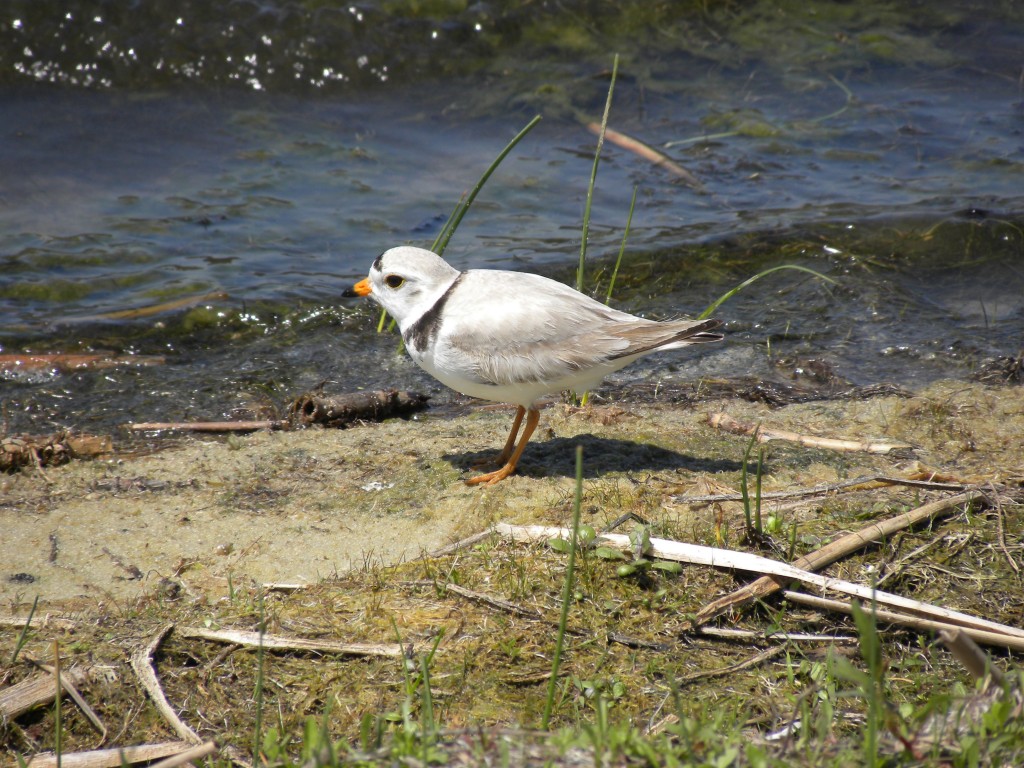
A bit like the Kirtland’s Warbler, this little bird is an extreme rarity and it gets special protection whenever and wherever it’s known to breed. The Atlantic beaches are favoured nesting sites for Piping Plovers, but vacationers and people in general like beaches too; so the plovers are losing ground. But a few of them nest on the protected beaches of Cape May, and when I found mine it was wandering along the shoreline of a small pond picking and digging for food. I hastened to get a for-the-record shot, but needn’t have worried for it kept walking towards me until we were within 10 feet of each other.
A list of birds seen would be too long and a little dreary, but Fish Crow, Clapper Rail, Brant and a Northern Harrier all added some wow-factor to the day.
